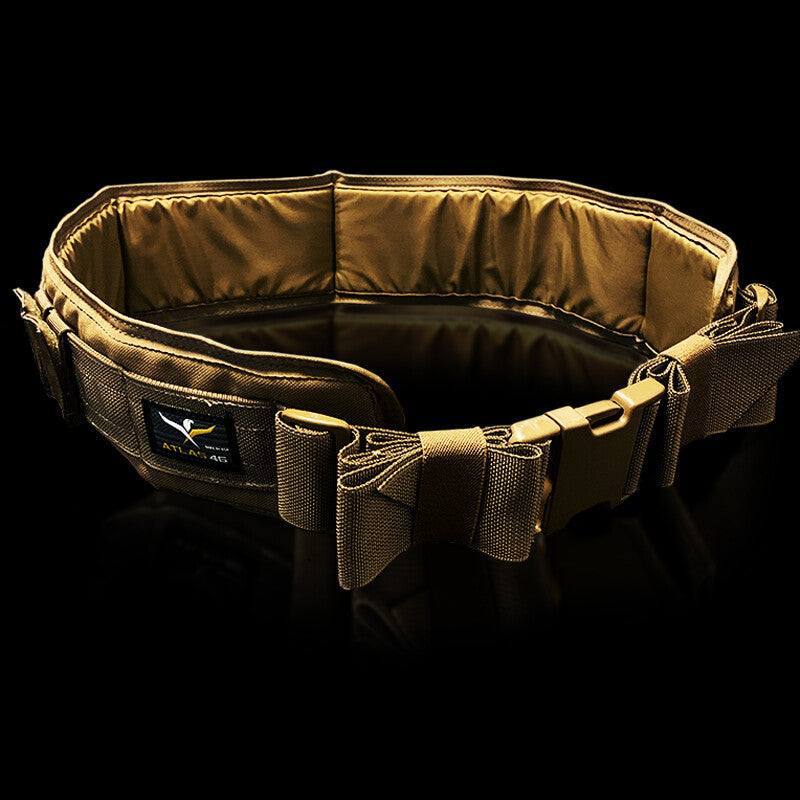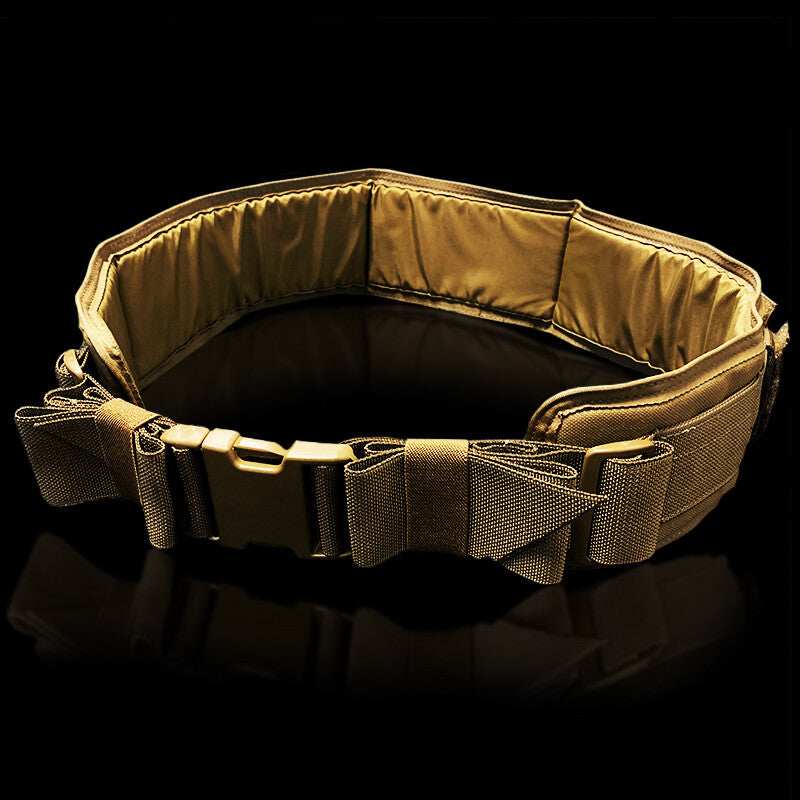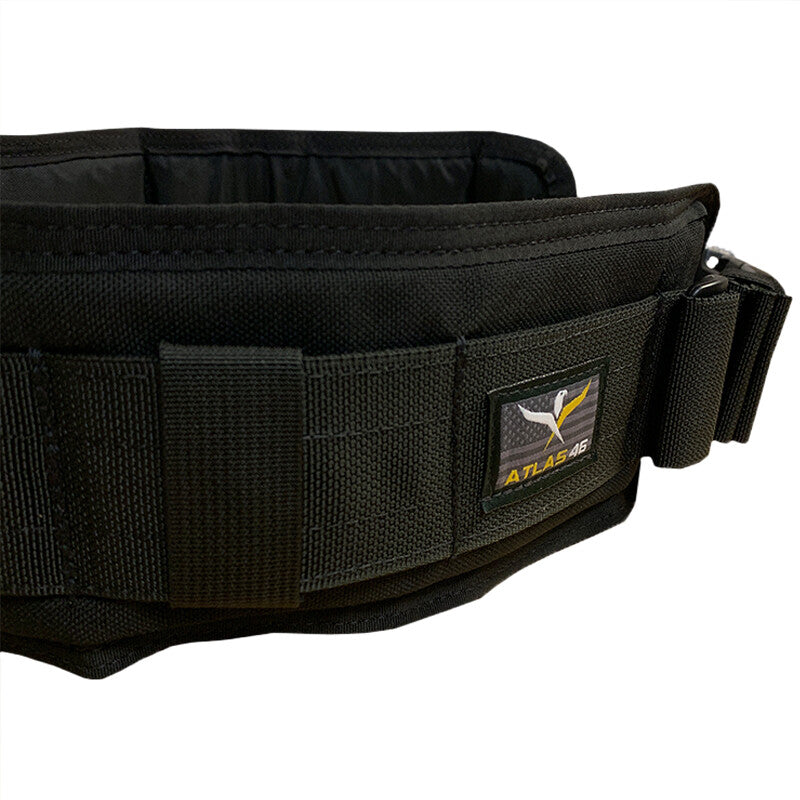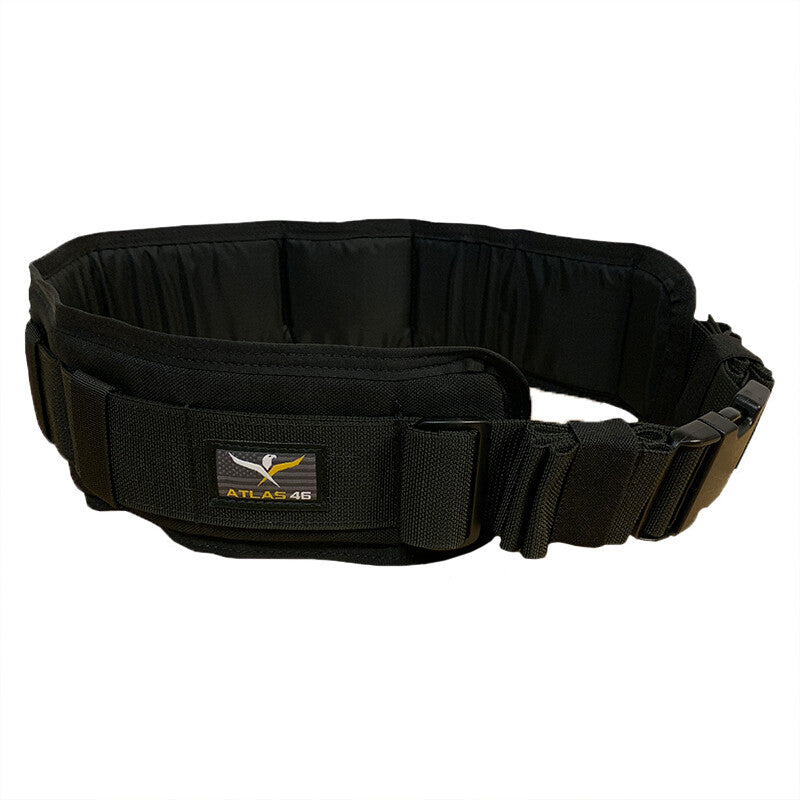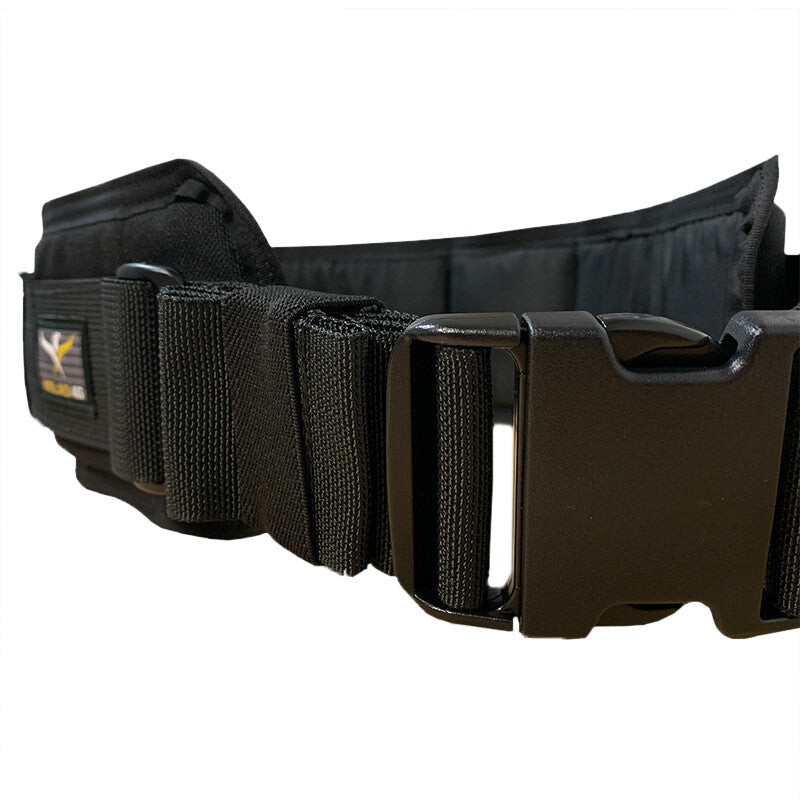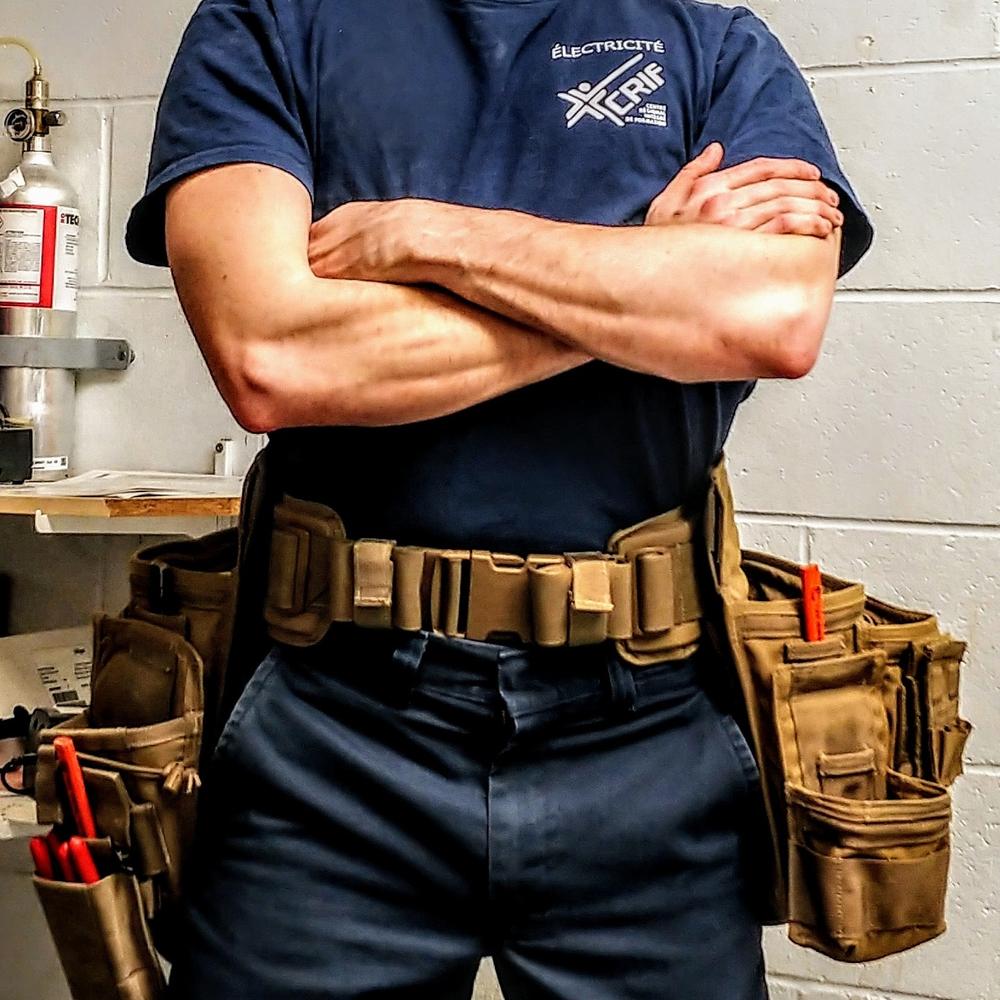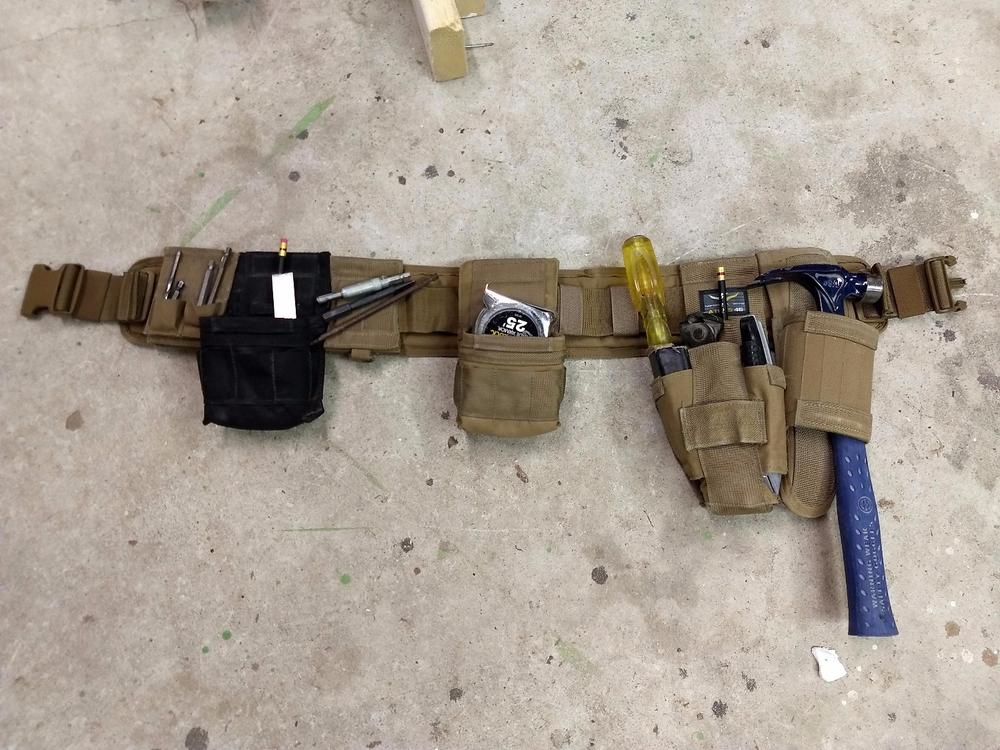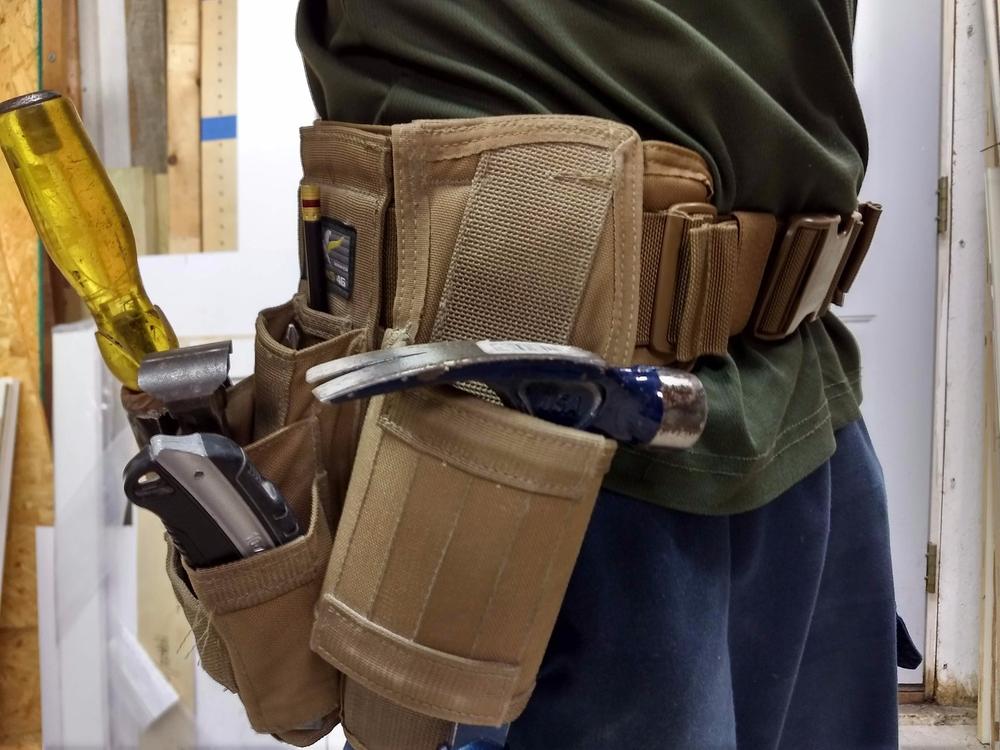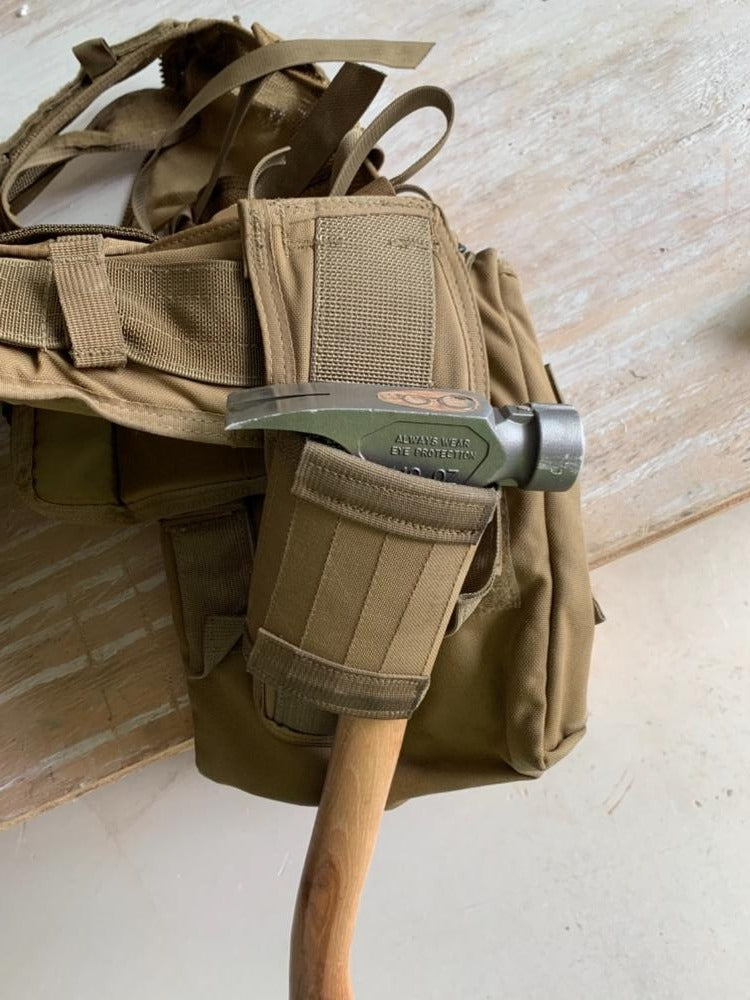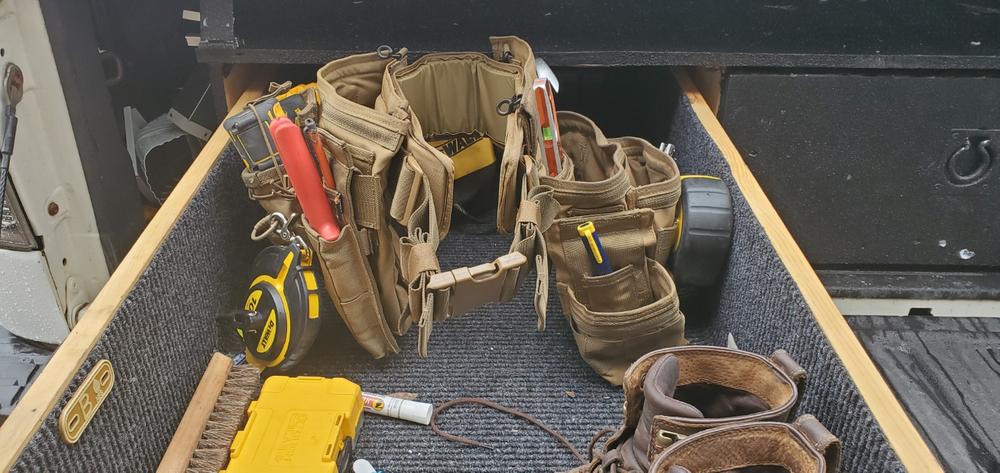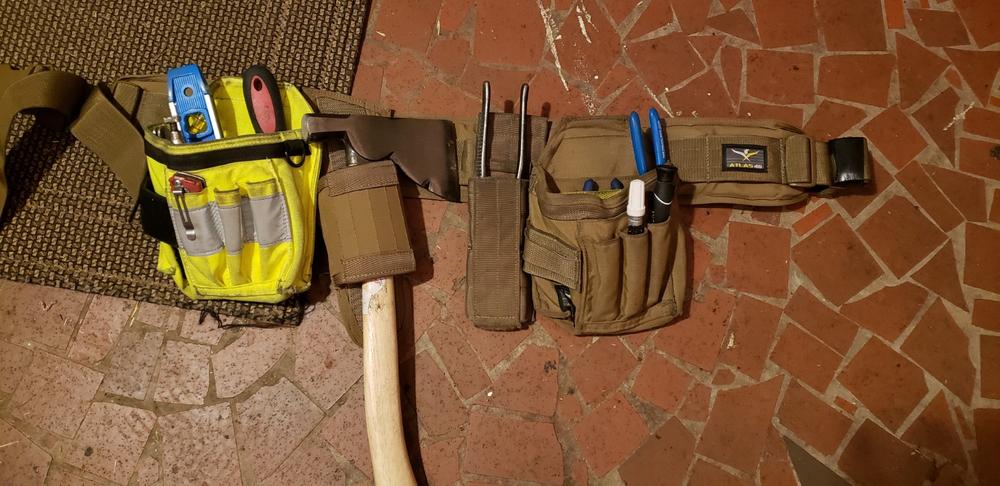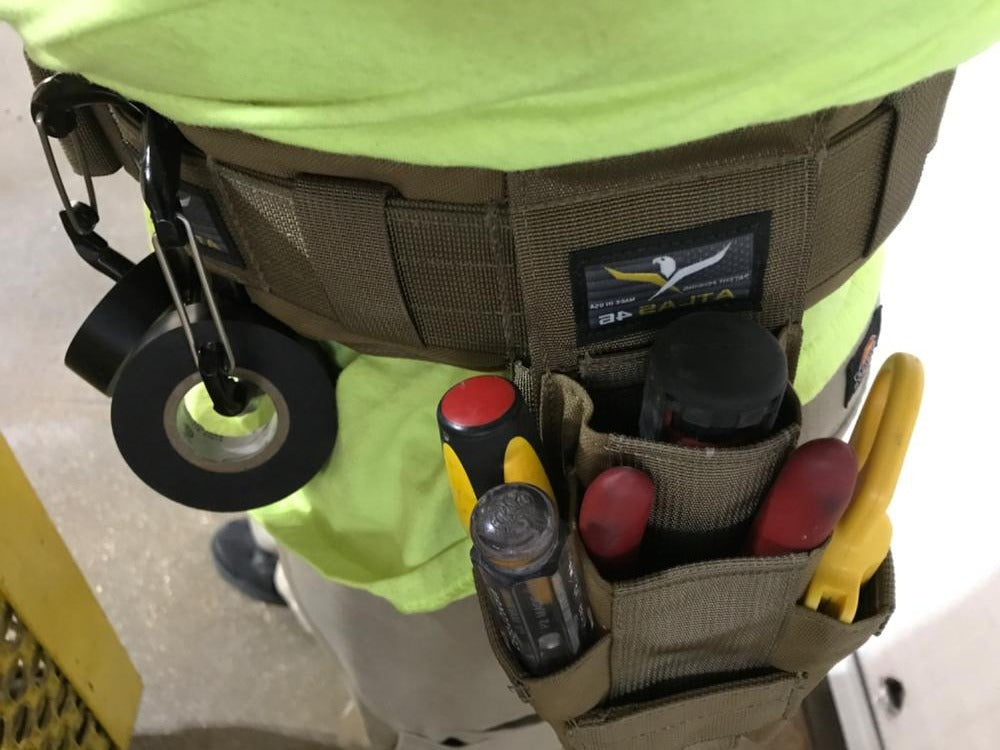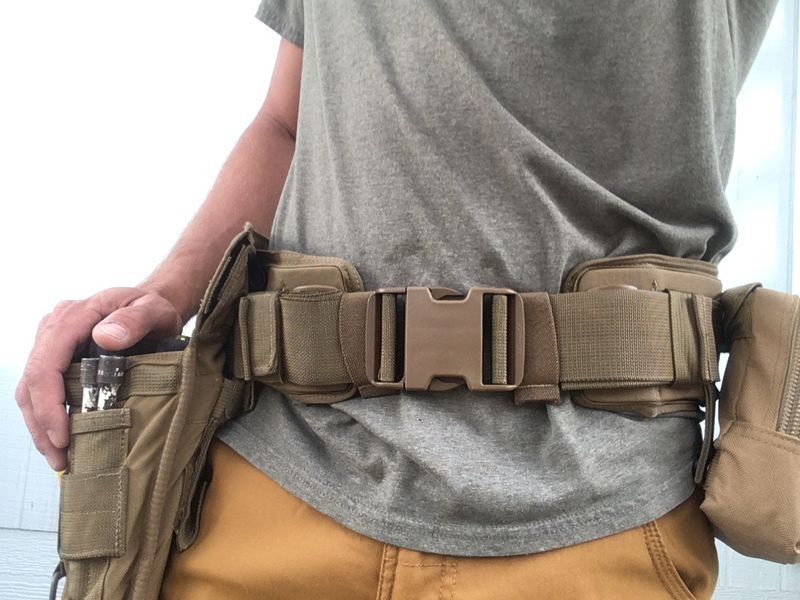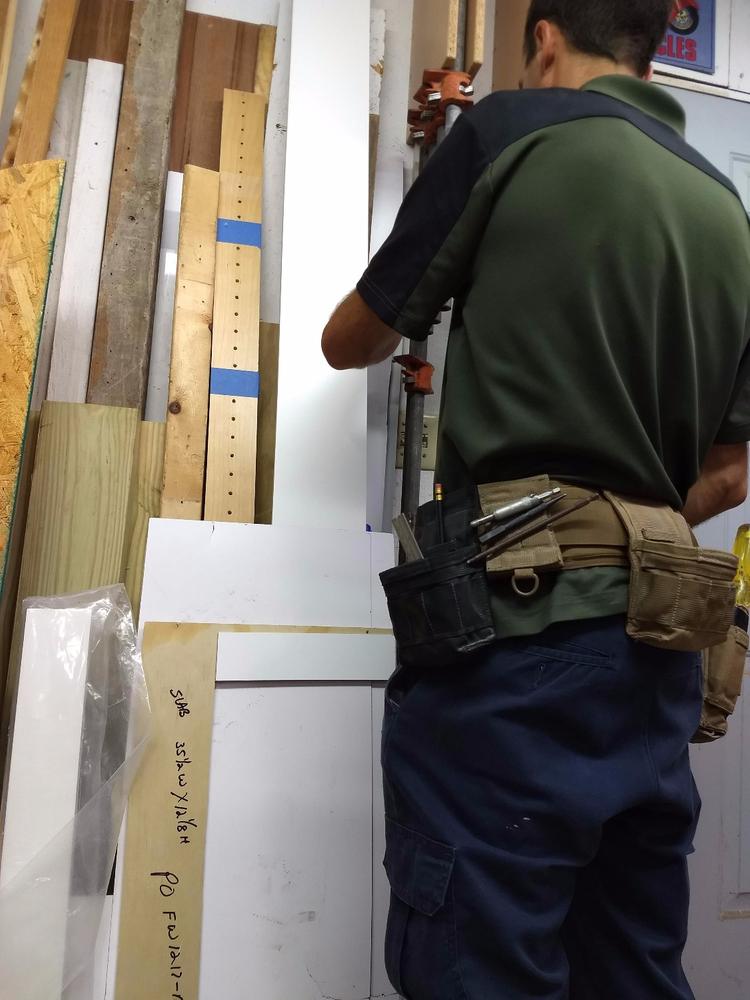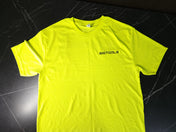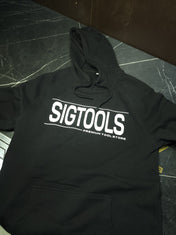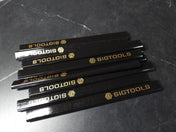Harvey Padded Belt with Poron®
Harvey Padded Belt with Poron® - Small (28"-30") / Black is backordered and will ship as soon as it is back in stock.
If lower back pain is your problem, the Harvey Padded Belt (HRV) is the answer. Designed to hold all your gear and make it feel like you’re working on a cloud. Poron® Foam is a high impact absorbing cushion material that provides dependable comfort and protection. The Poron® Foam aids your back and contours to your body. The V in HRV should stand for versatility because of the many ways you can use it. Fasten it with the Saratoga Vest and expand your set up. Give a substantial upgrade to your Rigid Tool Belt with it’s incredible cushion. Increase daily longevity and efficiency by combining the HRV with the 24/7 Comfort-Tuff Suspenders. Anyway you wear it, the HRV is the support you need. This belt works standalone or with our Saratoga Vest (ASV) and the Rigid Tool Belt (RTB).
Features and Benefits
- Lightweight, padded belt design for all day comfort
- Adjustable waist strap with side release buckle
- Waist strap can be removed via Tri-Glides when integrating with A46-RTB
- Effortlessly integrates with AIM™ System, delivering countless load out options
- Poron® Foam is a high impact absorbing cushion material that provides dependable comfort and protection (Learn more)- Compatible with Saratoga Vest (A46-ASV)- Heavy SCUBA webbing prevents twisting and sagging- Interior loop lined SCUBA to secure AIMS Pouches- Hook and Loop keeps your AIMS™ Pouches secure
- Hand crafted in the USA
- Lifetime Guarantee**TOOLS NOT INCLUDED**
Why Harvey (or HRV)?
The Hudson River Valley (HRV) played an important role in the Revolutionary War; approximately a third of its battles were fought along the River's shores. The River was central to the British strategy of dividing the New England states from the other colonies. They attempted to control the River by advancing north from Manhattan and south from Canada. While successful in their advance up the River, capturing Forts Montgomery and Clinton and burning Kingston (then the provincial capital of New York), the British advancing from the north were defeated at the decisive Battle of Saratoga in 1777, thus frustrating the British plan to control the Hudson.
The Hudson Highlands were especially prominent in the Revolution. "Military records...show that the region became...a site vital to the nation's defense strategy and a stage for heroic dramas...In the public mind, the evolving image of the Hudson Highlands became that of a citadel, symbolizing the fight for democracy." (The Hudson River Highlands, Dunwell, 1991, p. 14) Pitched battles were fought here, and massive chains were stretched across the Hudson at Fort Montgomery and West Point to block the passage of British warships. Benedict Arnold committed treason and escaped at Garrison, across the river from West Point. The Revolutionary War saw the establishment of Fort Montgomery and West Point, and with them many of the old place names along the river were replaced with new ones that continue in use today: Constitution Island, Beacon Mountain, and Hessian Lake.
After the end of the war, the new country looked to the Hudson to help establish its identity. Sites associated with the war for independence and the beauty of the River's scenery drew travelers from around the world. Wilderness became fashionable, and the Hudson had plenty of it.
Couldn't load pickup availability
Delivery and Shipping
Delivery and Shipping
Your order is scheduled to be dispatched within 2-3 business days.
Delivery time within New Zealand is 2-3 days after dispatch unless there is a known issue.
With International Express Courier (DHL)
Australia - 3-5 days, and some remote area up to 7-10 days.
Other parts of the world 5-10 days.
With NZPost International Economy Courier (if available)
Takes 5-20 days depending on your location.
Any Customs related costs are to be paid by the customer.
IMPORTANT information below for international orders.
Should you wish to communicate with us please do not hesitate to get in touch using following channel.
-
We strongly recommend insuring your shipment.
To insure your order, all you have to do is ADD a DHL Insurance product to your cart. It can be found by search option on the website by typing 'DHL'.
With no insurance added to your order, we are unable to offer any replacement and/or refund for any unfortunate events of missing and/or damaged shipments.
Peace of mind is better than anything else.
- The customs taxes and duty for international orders are to be paid by the customer unless otherwise agreed.
Refer to your local authority as each country has different threshold for 'Tax-Free' value for shopping overseas.
For example, searching '[your country] import tax free limit' will show information about the regulations.
- We do NOT offer any legal advice regarding any rules and regulations as they change all the time.
Payment & Security
Payment methods
Your payment information is processed securely. We do not store credit card details nor have access to your credit card information.

